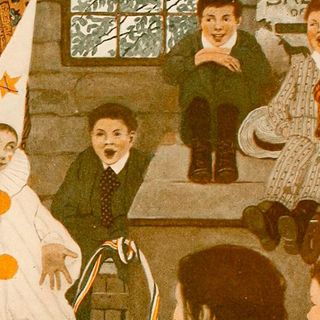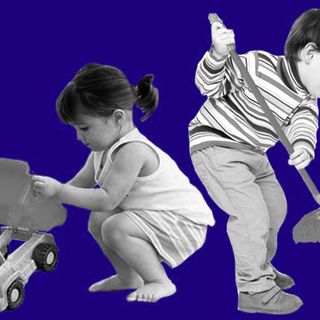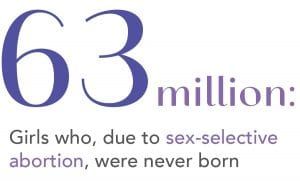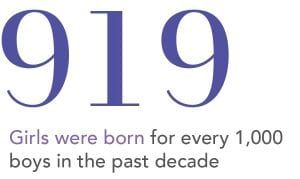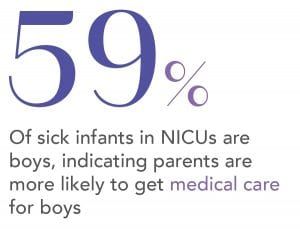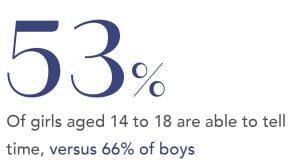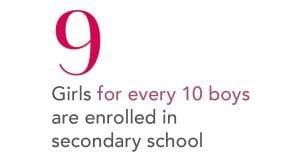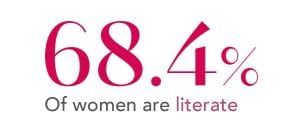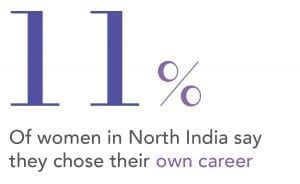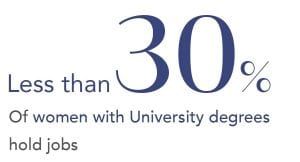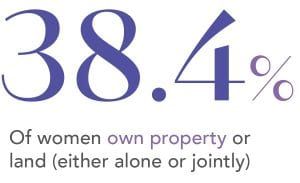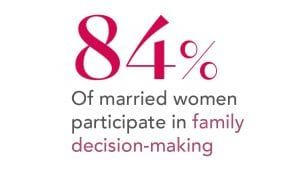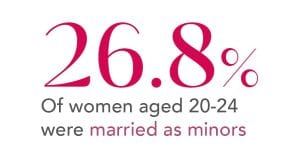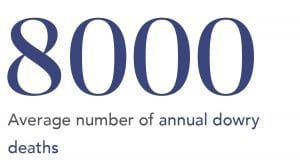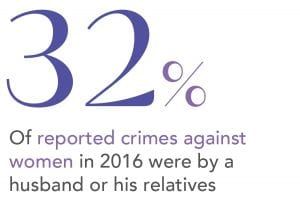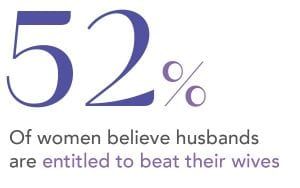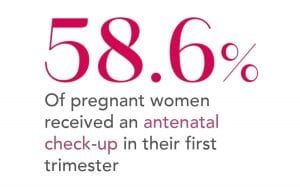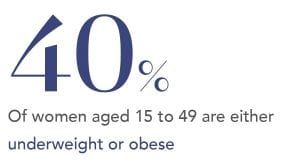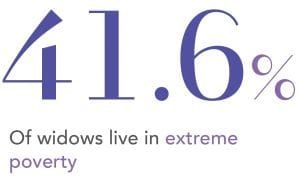There is no one experience of womanhood. But there is an aggregate — a collective experience, and collective cost to society. The statistics below combine to provide a bird’s eye view of female life in India. It is, of course, a select view; just as there is no single, universal experience of what it means to be female, there is no single way to measure the sum of one life or many. We could have added many more stats; we could have focused on fewer. But the story they tell is unlikely to be that much different.
Conception and birth
Source.
Source.
Source.
Source.
Source.
School
Source.
This number has steadily improved for decades, though it has leveled off recently. Source.
This is actually a significant improvement; a decade earlier, only 55% of women could read. Source.
Work and ownership
Source.
Driven by new, urban wealth that many families demonstrate by female members not having to work. Source.
Source.
Marriage and family
This number has also improved from a decade ago, when only 76.5% of women did so. Source.
The child marriage rate has fallen by close to half over the last decade. Source.
Other dowry-related crimes not included. Source
Source
Source
Pregnancy and health
Expanded from 44% who received care a decade ago. Source.
Source.
Old age
Source.



